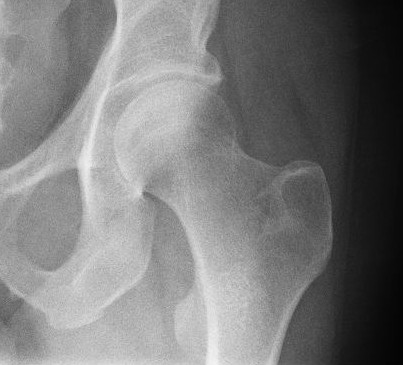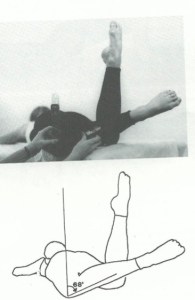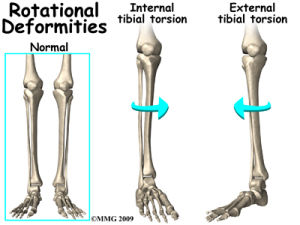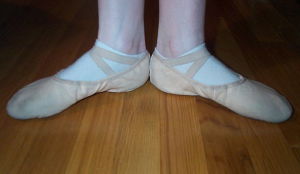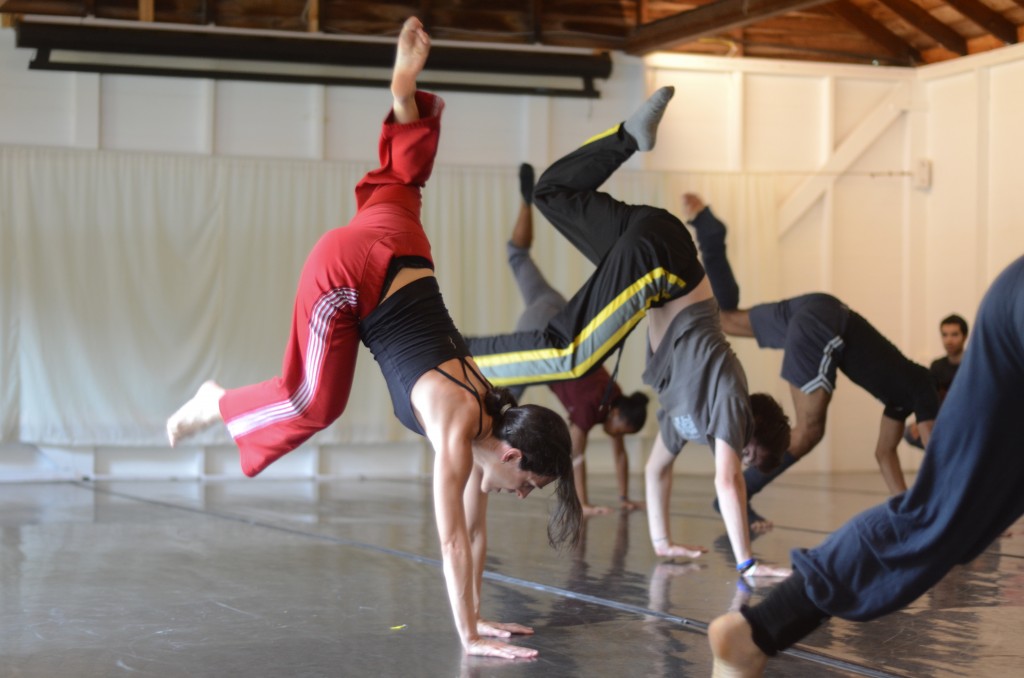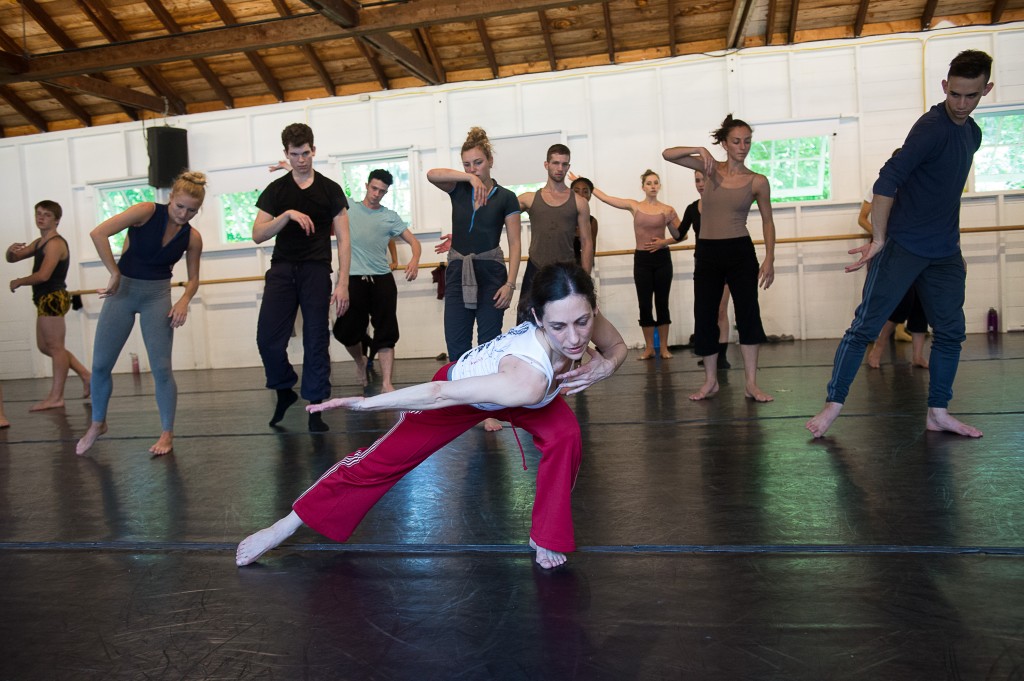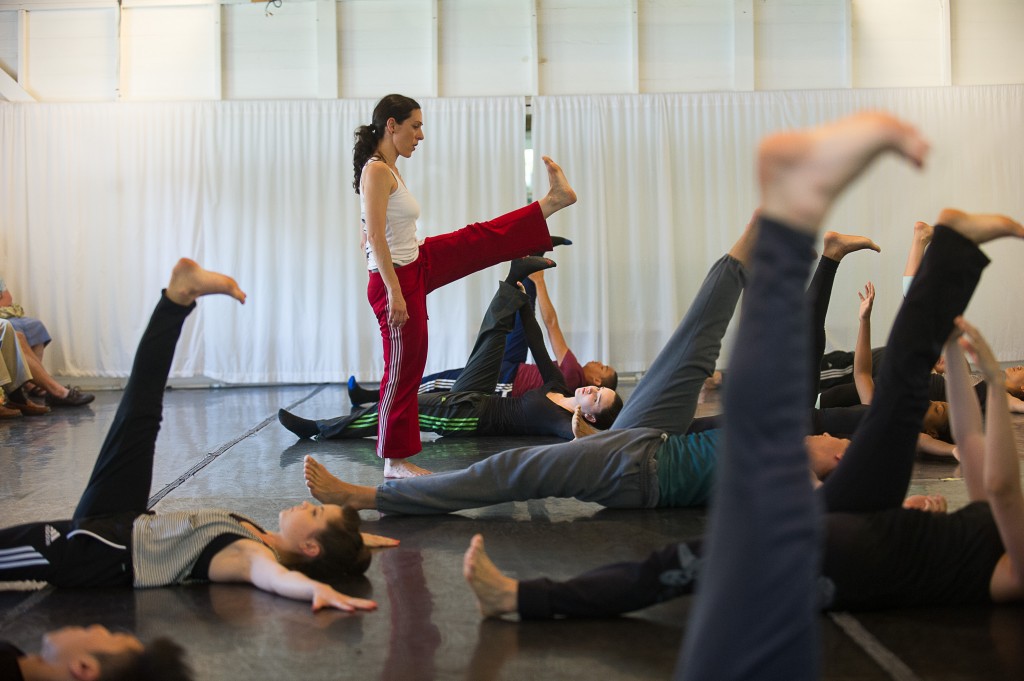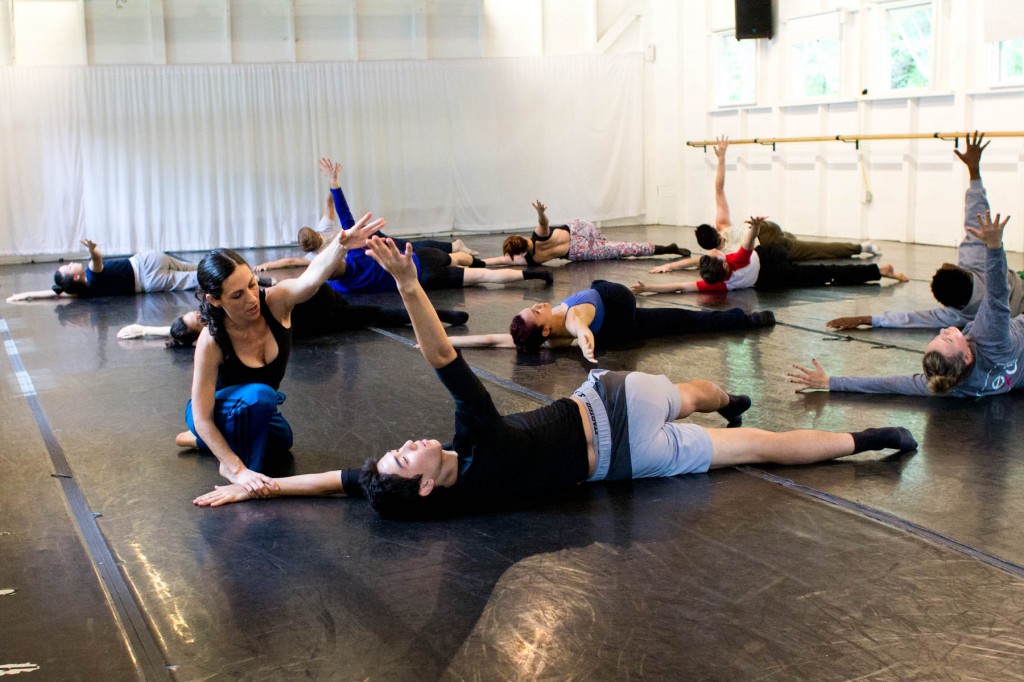
Dr. Emma Redding, PhD is a longtime colleague in the dance medicine world. She is a dancer, educator, and currently Head of Dance Science at Trinity-Laban Conservatoire of Music and Dance, in London. A former president of IADMS, and on our 4dancers.org Advisory Board, Emma is also one of the foremost researchers in the field. One of the many areas she has looked into over the years is the need for aerobic conditioning for dancers, and how dancers who are well conditioned in that particular area can lower their injury risk. Here is an excellent article on that topic — please pass it on!
Take care, Jan Dunn, Editor, Dance Wellness
by Emma Redding, PhD
As a dancer, I often wondered why technique classes were not sufficiently providing me with all the conditioning and skills needed to meet the demands of my dance performances. I knew intuitively, that I couldn’t rely solely on technique – however I wasn’t exactly sure what I needed to do to train better. It’s because of these answered questions, that I decided to pursue a career that allows me to understand the science of dance.
I’m now Professor of Performance Science at Trinity Laban Conservatoire of Music and Dance in London, England where I lead the department of Dance Science. My colleagues and I wrote the first ever Masters degree in Dance Science in 2001 and since then, we have witnessed an exponential growth in the number of opportunities to study Dance Science at University level, in the UK / USA / and many other countries. Through my research into the physiological demands of dance and as a founding partner of the National Institute for Dance Medicine and Science and Past-President of the International Association for Dance Medicine and Science, I have become an advocate for increasing awareness among dancers and dance educators of the importance of fitness conditioning for dancers.
Dance is an intermittent ‘stop/start’ form of activity. In a performance, a dancer may go from performing an explosive lift, or series of jumps, to a more sustained, continuous – or smaller movement phrase, and this repeats over the course of a dance piece. As such, dancing demands the kind of energy that is derived from both the slow aerobic and fast anaerobic pathways.
Unfortunately, dancers cannot rely solely on technique classes to provide them with all the training they need to meet the demands of performance. This is because a technique class typically includes highly skilled exercises that are often quite short, teacher feedback, corrections and discussion – and often, a good deal of standing around. The technique class is invariably taught at a lower intensity than a performance, and focuses on technical skill and artistry over fundamental physiological development.
Research shows that dancers can train more effectively by supplementing their technical training with fitness conditioning. Aerobic conditioning enhances stamina and endurance improving your ability to dance at moderate intensities for longer periods of time without experiencing early fatigue. Interval, circuit-type conditioning enhancing your ability to work at high intensities, and this sort of training more closely mimics the work-to-rest ratios and intensities seen in dance.

Aerobic Conditioning
To improve your aerobic capacity, you should engage in continuous and repeated exercise for at least 10 minutes (preferably 10-20 min). Swimming, jogging and cycling at a steady pace for are examples of aerobic exercise. However, any form of physical activity which engages the larger muscle groups and can be repeated over a period of time is likely to be training the aerobic energy system. You may want to keep in mind that running is impactful like dance, while swimming is non-impact, but particularly useful if you have a lower limb injury.
Interval-Circuit Training
To improve your anaerobic fitness and ability to work at high intensities, you should engage in interval-circuit training which involves a series of exercise lasting between 30 sec and 2 min. The exercises vary in intensity as well as duration and can involve short rest periods. Examples of exercises include sprints on the spot for 30 seconds, moving in and off of the floor very quickly for say 45 seconds, jumping and burpee-type movements whereby the body weight is shifted from hands to feet repeatedly.
These exercises are short in duration and can be near-maximal intensity. It would be beneficial to experiment with the length of rest periods in-between the high intensity bouts as this would help prepare for the varied length of recovery periods on stage. Sometimes, substitute the rest periods with moderate intensity work, then go back to high intensity again to mimic the changing nature of dance.
Summary
Dancers are not given much opportunity to train for the physiological demands of performance. While they may well be technically skilled enough, they are less likely to be fit to perform.
Ideally, the making of a new performance piece should be set several weeks before the first performance. This is so that dancers can run the piece over and over to become ‘match-fit’ to perform. With funding restrictions as they are, however, this is unlikely – particularly for project-based companies and freelance dancers with short rehearsal periods.
To prepare themselves physiologically to meet the demands of performance, dancers should do supplementary training outside of their class and rehearsals – and if possible, consider the specific physiological requirements of the piece, as a way of preparing themselves physically. (EDITOR’S NOTE: Emma Faulkner, DPT with Atlanta Ballet, recently devised a choreographic-specific pre-performance training program, to better prepare the dancers for that particular piece. This resulted in fewer injuries overall. Dance Magazine highlighted this in the article “Why You Should Tailor Your Cross-Training to Your Rep“)
This could mean acknowledging any unusual lifting required, body-part usage, work-to-rest ratios, jumping and so on, and from there, design a supplementary conditioning program, which incorporates progressive training in those areas of fitness.
Meanwhile, the debate around dancer fitness will continue. It is not certain whether the recommendations arising from the findings thus far apply to dancers of all genres, and much more research is needed. What is clear is that dancers are now working in eclectic styles of choreographic work, and facing increasing physiological demand. These dancers need fitness conditioning more than ever before.
Research findings do at least show that for now, dancers should not rely solely on technique classes to provide them with everything they need to meet the demands of performing. Happy training!

BIO: Professor Emma Redding, PhD Head of Dance Science, Trinity Laban originally trained as a contemporary dancer performing for Tranz Dance Company in Hungary and for Rosalind Newman in Hong Kong. She is now Head of Dance Science at Trinity Laban Conservatoire of Music and Dance, London, England. Emma has played a major role in developing dance science as a recognised field of study at university level, through her research, and through teaching internationally, as a founding partner of the National Institute for Dance Medicine and Science and a past-member of the Board of Directors and Past-President of the International Association for Dance Medicine and Science. Emma teaches Exercise Physiology and Contemporary Dance Technique at Trinity Laban alongside her management and research work. She supervises undergraduate and graduate student projects as well as PhDs in areas such as dancer health, physiology, talent development, dance training and creativity. She has led and co-led several large cross-institutional projects including most recently, a Conservatoires UK study into musician health funded by the Arts and Humanities Research Council and a creativity and mental imagery study, in collaboration with Plymouth University and Coventry University, UK.








